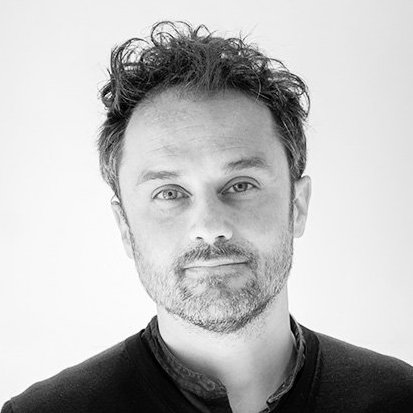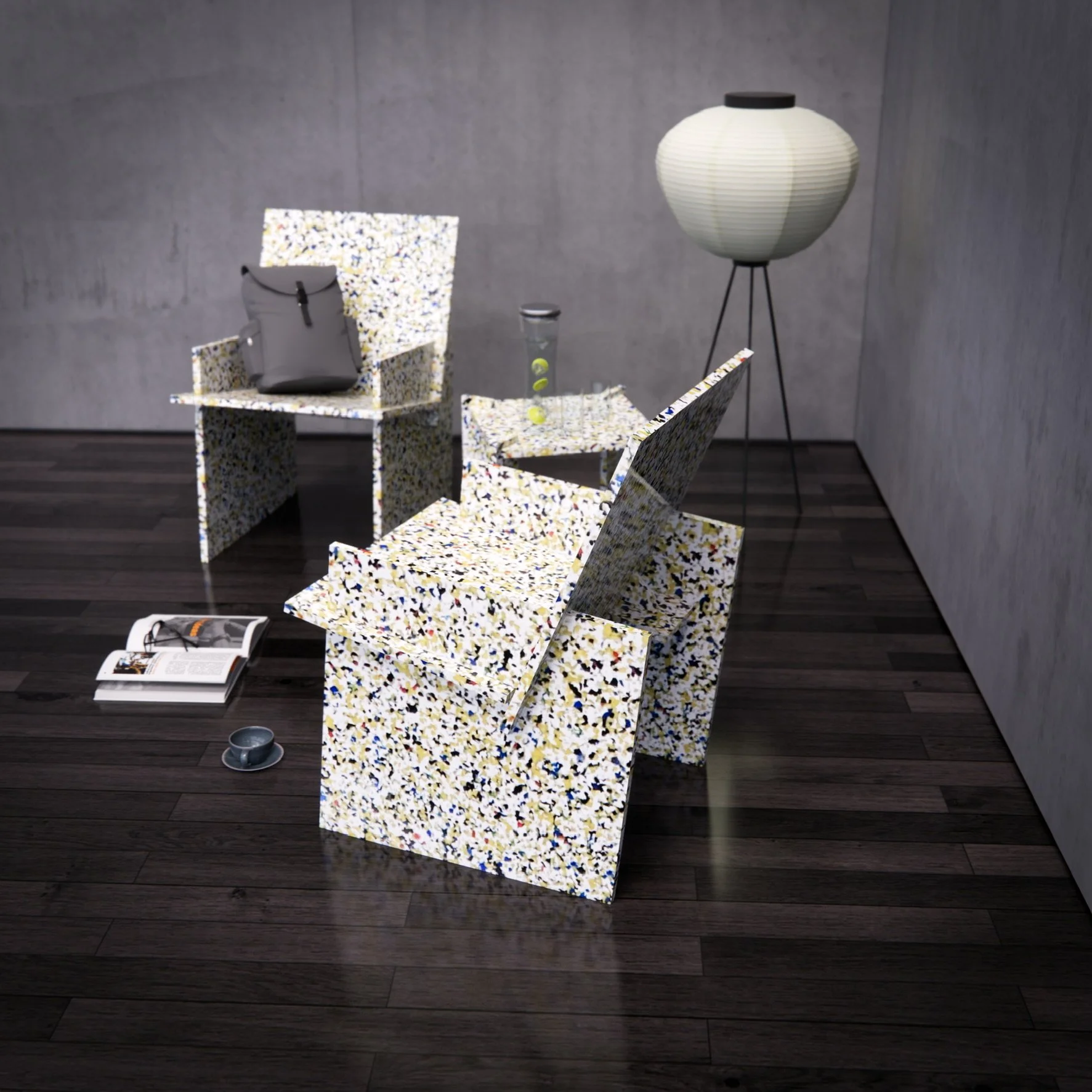We have put together this short video about our Lost Cuckoo project with artist Marcus Rowlands from the DVD produced by the Lakeside Art Centre, who hosted the event last year. The project was great fun and we are looking forward to developing this concept in other art festivals this year!
A public art and participation project by Marcus Rowlands artist and 2hD architects, involving pupils, parents and staff from Brocklewood, Melbury and Portland schools in Nottingham. Funded by The Arts Council, Lakeside Arts Centre and Nottingham Education Improvement Partnership, with support from Faspak and Staples. Original footage and sound by Vent Media. 2011.
The Lost Cuckoo project was commissioned and supported by the Arts Council England and Nottingham Lakeside Arts.










































